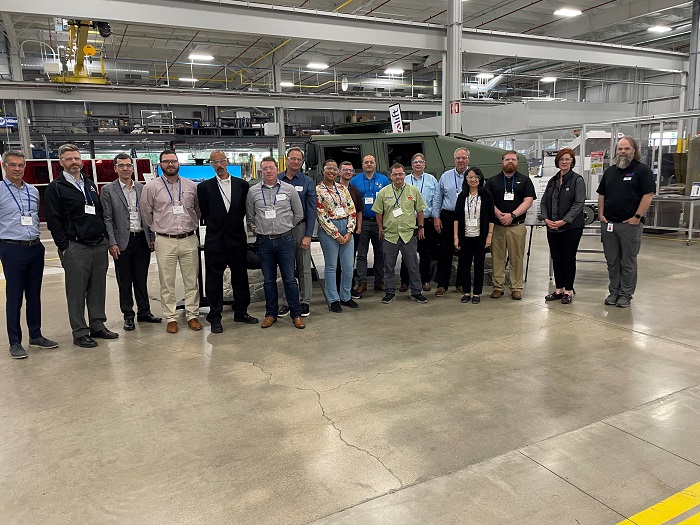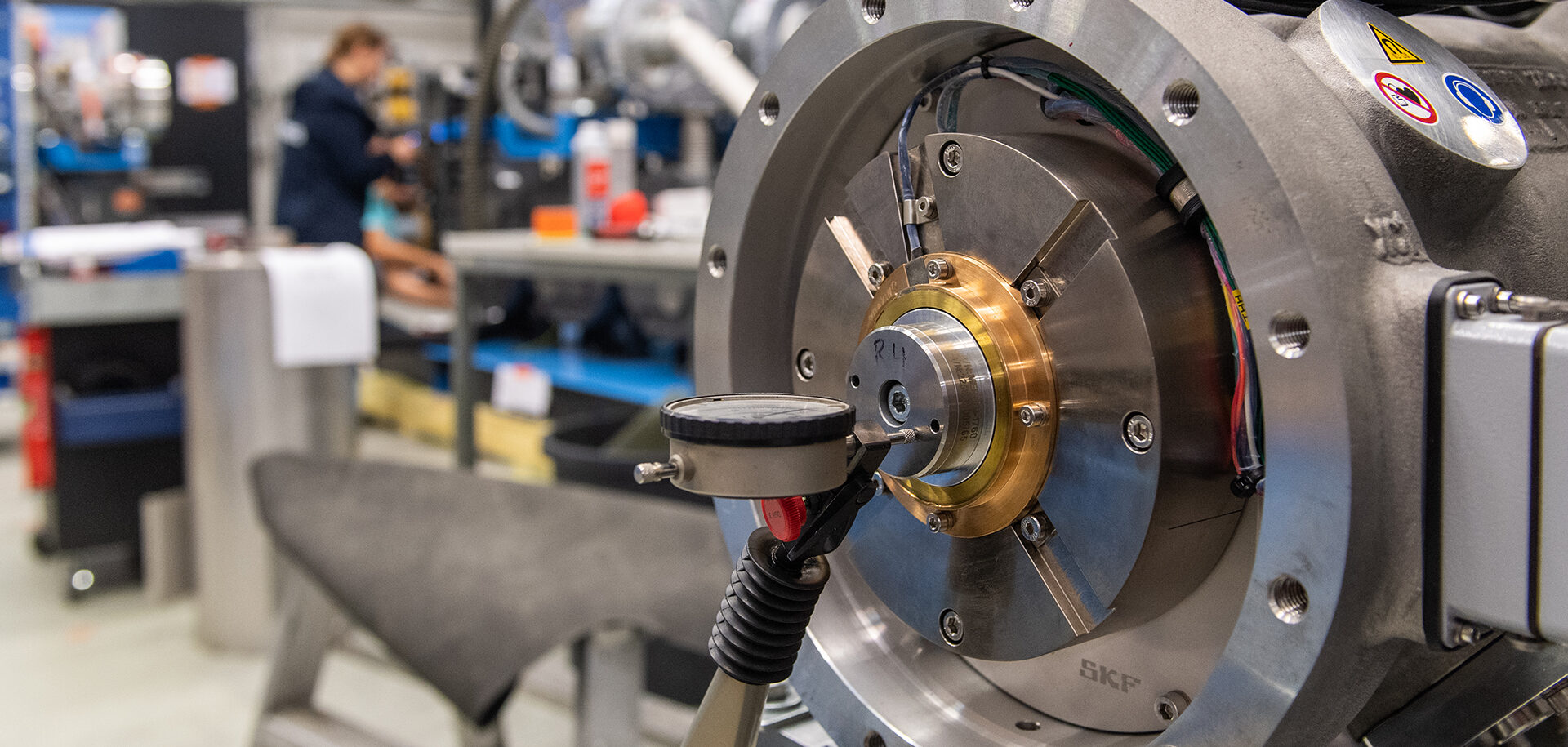LIFT in Detroit was the perfect host for the AGMA Technical Division to lead a recent meeting on EV standards development. Gear and power transmission engineers who work directly on gearboxes for electric vehicles came together to review current relevant standards and create an information sheet for gears specific to EVs.
After some quick housekeeping on standards and emerging technology opportunities within AGMA, the first technical committee meeting for electric vehicle standards development promptly discussed what the gear and power transmission industry needs to address regarding electric vehicle technology.
Everything from materials and manufacturability to load, design, hybrids, quality, and lubrication were on the table as committee members spent the morning debating which topics were most important for future work in electrification.
Some takeaways:
A Diverse Mix of Opinions
What stood out from the very beginning was the variety of experts from different manufacturing sectors. Consultants, machine tool executives, heat treating and cutting tool engineers, gear and bearing manufacturers as well as industry leaders from automotive, off-highway, construction, lubrication and plastics offered a variety of opinions on the challenges facing EV production today and in the future.
“I was very excited to see so many people from so many industries attend the meeting in Detroit at LIFT,” said Todd Praneis, vice president, technical division at AGMA. “This attendance, combined with the turnout we saw at our town hall meeting last fall at the Motion and Power Technology Expo tells me that we are on the right track and that industry is ready to start talking about electrified vehicle drivetrain design.”
Unique Challenges
One important topic involved determining material, maintenance, safety, and design parameters unique to EVs. The group worked diligently to not overlap existing gear standards and focused on EV-specific topics.
The challenges noted during the meeting mirrored the challenges the global EV industry faces as energy efficiency timetables are being pushed back, infrastructure questions remain unanswered and charging issues are trying to be resolved.
According to CNN, “the EV industry is now in the difficult phase of ‘crossing the chasm’ from early adopters to mass market consumers.”
 Attendees of AGMA's EV standard development meeting at LIFT participate in a facility tour.
Attendees of AGMA's EV standard development meeting at LIFT participate in a facility tour. All-In on Electrification
From the very beginning of the committee meeting, it was interesting to see the back and forth between automotive, off-highway and construction engineers and the different EV challenges presented in each sector.
How can Ford, Caterpillar, Dana and Eaton—for example—share knowledge that will help ALL the various industries adopt electrification from a system perspective?
Many discussions I’ve had with automotive and aerospace engineers focused on sharing best practices in areas like simulation, predictive modeling and system integration. Both sectors rely on strong engineering capabilities as well as a steadfast supply chain. It’s nice to see automotive, off-highway, mining and construction engineers sitting in the same room sharing varied EV experiences.
We immediately think of EVs for automotive and sometimes forget the advantages of electric excavators, work trucks, agriculture equipment, etc. This committee seems determined to make sure every industry can share their unique POVs on implementation and create a stronger blueprint for future EV design.
The Engineering Appeal of EV Drivetrain Design
At the heart of this discussion, it was obvious committee members are intrigued by the drivetrain challenges associated with electrification. This industry will drive transportation technology forward for years to come. It’s true that most engineers welcome trouble-shooting and problem-solving daily. My personal takeaway during the meeting was simply that no obstacle seemed too big for the gear and power transmission industry to tackle regarding EV adoption.
“We had a lot of involved discussions from several people as we were exploring the unique aspects of EV drivetrain design. There were some very good topics introduced and a lot of those topics resonated with a lot of the audience. I’m excited to establish our Working Group and start the document development process,” Praneis said.







